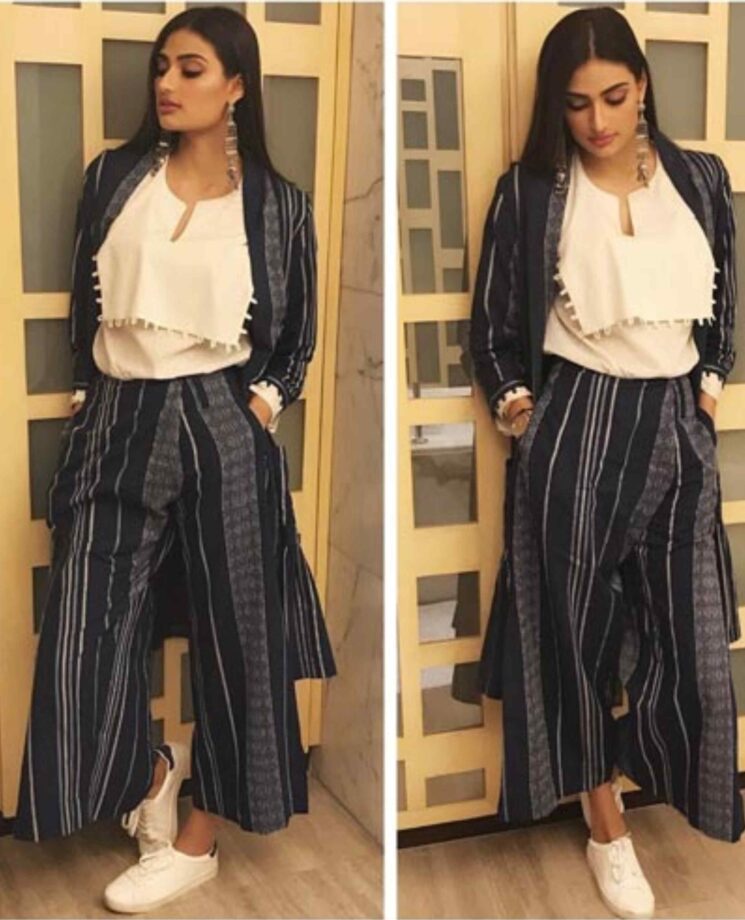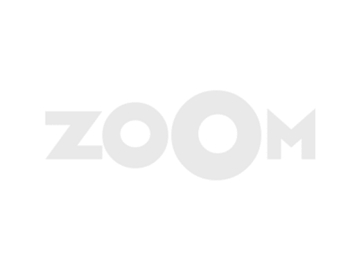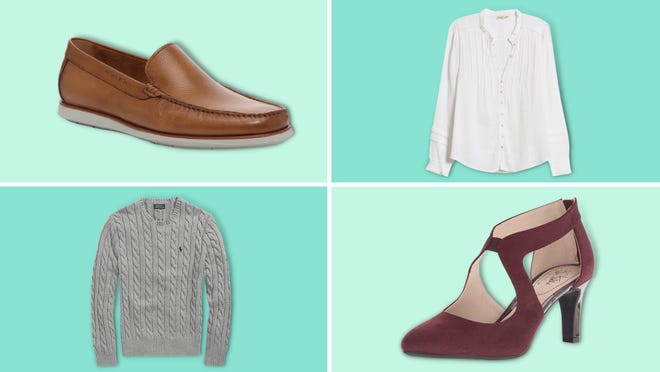
Fashion is a universal language that transcends borders and speaks to individuals’ identities, self-expression, and lifestyles. In this diverse world of style, “gay fashion” has emerged as a unique and vibrant subculture. It is an artistic realm where the LGBTQ+ community, in particular, the gay community, expresses itself and celebrates its individuality. In this article, we’ll delve into the dynamic world of gay fashion, uncovering its history, influence, and the various facets that make it a compelling and influential force in the fashion industry.
A Brief History of Gay Fashion
Fashion has always been a powerful vehicle for self-expression, and the LGBTQ+ community, in particular, the gay community, has played a significant role in shaping fashion trends throughout history.
In the early to mid-20th century, gay men had to use fashion as a subtle means of self-identification. It was a time when homosexuality was stigmatized and often illegal, which led to the development of distinctive fashion choices as a way to communicate their identity within societal boundaries. The “flamboyant” fashion sense often associated with gay men emerged as a form of coded language.
Fast forward to the late 20th century and early 21st century, the LGBTQ+ rights movement gained momentum, and fashion began to play an increasingly visible and impactful role. The fusion of gay culture and fashion became more prominent, leading to greater acceptance and celebration of LGBTQ+ fashion in mainstream culture.
Key Elements of Gay Fashion
1. Gender-Fluid Fashion
One of the fundamental aspects of gay fashion is the exploration of gender fluidity. The binary concepts of “masculine” and “feminine” clothing are deconstructed, and individuals are encouraged to wear what makes them feel comfortable and confident, regardless of traditional gender norms.
2. Bold and Vibrant Colors
Gay fashion is known for its use of bold and vibrant colors. These colors represent the energy and enthusiasm of the LGBTQ+ community and serve as a visual celebration of diversity and individuality.
3. Statement Pieces
From flamboyant accessories to bold statement pieces, gay fashion often incorporates eye-catching items that draw attention and spark conversations. These pieces express unique personalities and often convey political or social messages.
4. Drag and Costume Elements
Drag culture, which has deep roots in the LGBTQ+ community, has significantly influenced gay fashion. Elements of drag, such as extravagant costumes, makeup, and wigs, have made their way into everyday fashion for some individuals. This adds a theatrical and playful dimension to gay fashion.
5. Activism Through Apparel
Many LGBTQ+ individuals use their fashion choices as a form of activism. Slogans, symbols, and references are incorporated into clothing to raise awareness and support causes such as marriage equality, anti-discrimination, and HIV/AIDS awareness.
6. Designer Inclusivity
The fashion industry has seen increasing inclusivity, with designers, models, and influencers from the LGBTQ+ community gaining recognition. This has led to a wider variety of styles and voices represented in fashion, further promoting gay fashion’s influence.
Influence on Mainstream Fashion
Gay fashion has made significant inroads into mainstream fashion. What was once considered unconventional is now celebrated and adopted by designers, brands, and fashion enthusiasts. The influence of gay fashion on the broader industry is undeniable:
1. Breaking Stereotypes
Gay fashion has played a crucial role in breaking stereotypes associated with gender, sexuality, and personal style. It promotes the idea that fashion should be a source of empowerment and self-expression for everyone, regardless of their sexual orientation.
2. Inclusivity and Diversity
The representation of LGBTQ+ individuals in fashion campaigns, runways, and advertising has become increasingly common. This shift towards greater inclusivity and diversity in the fashion industry mirrors the progress in society’s attitude toward the LGBTQ+ community.
3. Gender-Neutral Fashion
The trend of gender-neutral fashion has gained popularity, largely influenced by the gender-fluid approach of gay fashion. Designers are creating collections that blur the lines between traditional men’s and women’s clothing, offering more options for self-expression.
4. Accessible Expression
Gay fashion has made it more acceptable and accessible for individuals to express their unique identities through clothing. It has encouraged everyone to be bolder, more confident, and less confined by societal norms.
Icons of Gay Fashion
Several individuals have left an indelible mark on the world of gay fashion:
1. RuPaul
As the iconic host of “RuPaul’s Drag Race,” RuPaul has not only played a vital role in bringing drag culture to the mainstream but has also celebrated the LGBTQ+ community’s unique approach to fashion.
2. Jean-Paul Gaultier
Renowned designer Jean-Paul Gaultier has consistently pushed the boundaries of gender and sexuality in fashion. His unconventional designs have blurred the lines between masculine and feminine fashion.
3. Billy Porter
Actor and singer Billy Porter is celebrated for his boundary-pushing red carpet looks and his embodiment of the “camp” aesthetic, which has been influential in breaking down fashion norms.
Conclusion: Celebrating Individuality Through Fashion
Gay fashion is more than just clothing; it’s a celebration of individuality, identity, and the LGBTQ+ community’s rich history. It has redefined fashion norms, challenged stereotypes, and elevated the industry’s inclusivity. As the fashion world continues to evolve, gay fashion remains an essential force, reminding us that style is a powerful form of self-expression, and it should always be celebrated, regardless of






